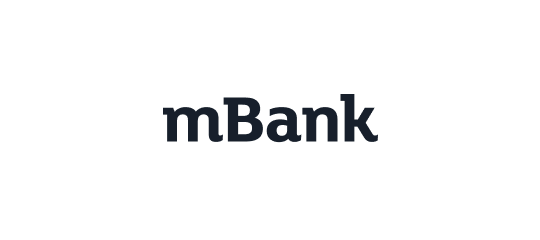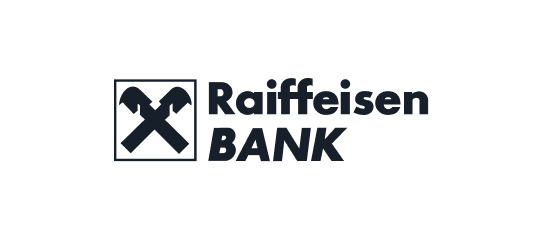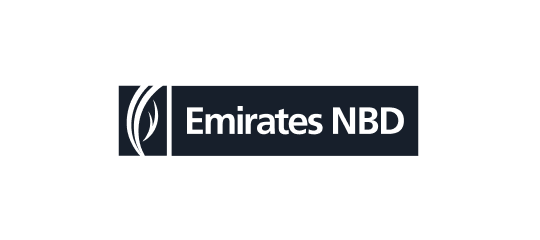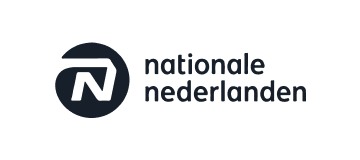Your Trusted Partner for Digital Advisory and Transformation
We have a track record of creating digital products that stay ahead of the competition, changing an organization's design culture, and consistently exceeding customers' expectations.
Looking for experts? Don't look further. We can do it for you!
We are recognized as a top Digital Transformation company from Poland by some most outstanding brands.






Why choose Efigence for your digital transformation needs
Transform Your Business with Our Expert Selected Digital Transformation Services
At Efigence, we are committed to helping our clients elevate their digital capabilities and transform their organizations. If you're looking for a trusted Digital Advisory and Transformation partner, look no further than Efigence. Contact us today to learn more about how we can help you elevate your digital transformation.
Credit Agricole
A two years transformation of the bank's mobile application. Based on redesigning the entire UI/UX experience and preparing selected tools, engines and components for further growth and acceleration.
mBank
Our successful transformation of mBank, based on innovative mobile and online applications, has been recognized with multiple awards. As the first Polish bank to win the prestigious Best of Show award at Finovate in London, we can help you achieve outstanding results and set a new standard in digital banking.
Emirates NBD
Exclusive partnership with Emirates NBD, the leading banking group in the Middle East, has resulted in a new interface and enhanced user experience for its digital banking platform.
AION
Efigence has delivered a comprehensive design and front-end for a new mobile-only subscription-based bank based in Belgium. Our team specializes in redesigning public portals with CMS for multiple languages to sell on all European websites effectively
Elevate Your Mobile Banking Experience - A Successful Transformation Partnership between Credit Agricole Bank Polska and Efigence
Elevate your digital transformation with Efigence agency
Trust in our commitment to customer experience and join the future of digital banking today with Mobile Banking, co-created by Credit Agricole Bank Polska and Efigence. We specialize in UX strategy, customer experience consulting, and digital strategy consulting, offering unique, innovative solutions that optimize everyday use and build lasting relationships with customers.
Efigence's Comprehensive Digital Transformation Offering: Driving Innovation and Business Success
At Efigence, we provide a full range of digital transformation services that help our clients achieve their business goals and objectives. Our offering includes:
Business expertise
With deep knowledge of our client's businesses and industry specifics, we identify their needs and develop practical solutions for digital transformation using the most innovative industry expertise - secure, solid and agile.
Unique UX digital strategy development
We work closely with our clients to develop an excellent digital strategy that aligns with their challenging goals. We identify the right technologies, platforms, and processes to achieve the desired outcomes, providing expert UX strategy consulting.
Multi-awarded user-centric design
Our proven track record uses a user-centric approach, creating a top-notch experience, easy-to-use processes, and responsive web designs that work across multiple devices, driving engagement and fast adoption.
Agile methodologies proved with most significant banking groups
We use agile methods to deliver solutions iteratively and incrementally, providing ongoing feedback and refinement and responding quickly to changing client needs and requirements. We secure UX excellence, IT analysis, and exceptional front end without sacrificing customers' needs.
Implementing organisation change to blossom design-driven culture
We provide change to organisation culture, including managing UX department transformation, training employees on new design-driven processes and systems, and ensuring buy-in and adoption from stakeholders.
Technology and platform expertise
Our team has expertise in the latest technologies, onboarding tools, self-service portals, and platforms, including big data analytics, custom application, value-added services, digital content / CMS & mobile app development.
Partner with Efigence company for Comprehensive Digital Consulting and Transformation Services and Elevate Your Digital Business Transformation
Elevate your business with Efigence's comprehensive digital transformation services. Our offering includes UX strategy, custom software development, and customer experience consulting. Trust in our proven track record of successful transformations, including Credit Agricole Bank Polska, Emirates NBD, and mBank. Contact us today to learn how we can help you achieve your digital transformation goals.
Why Efigence?
Comprehensive Digital Transformation Offering
Business expertise
Unique UX digital strategy development
Multi-awarded user-centric design
Agile methodologies proved with significant banking groups
Implementing change to the design-driven culture
Technology and platform expertise

